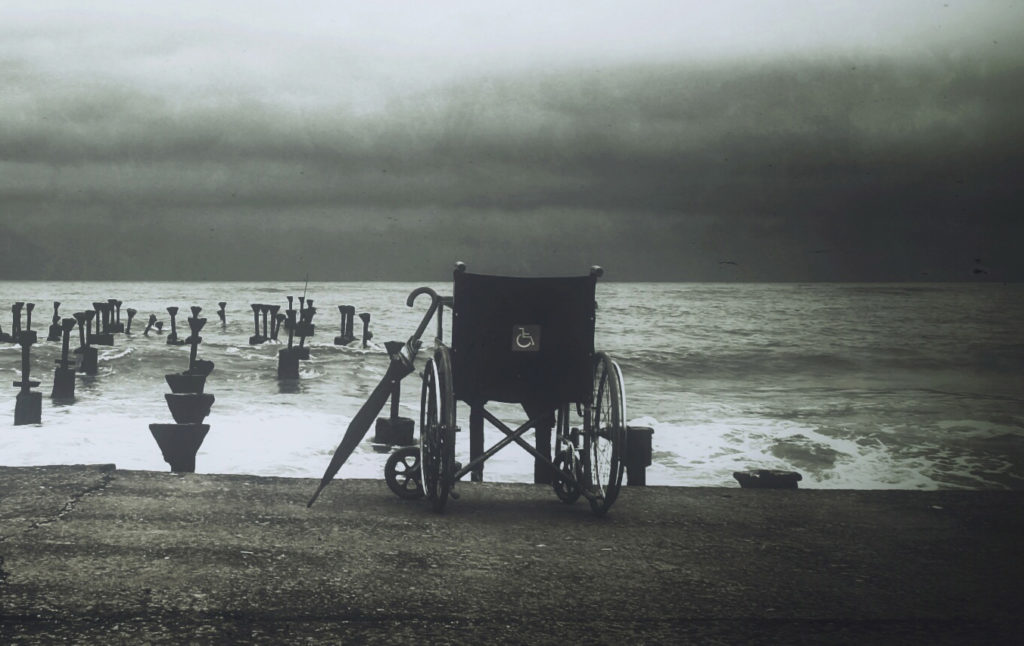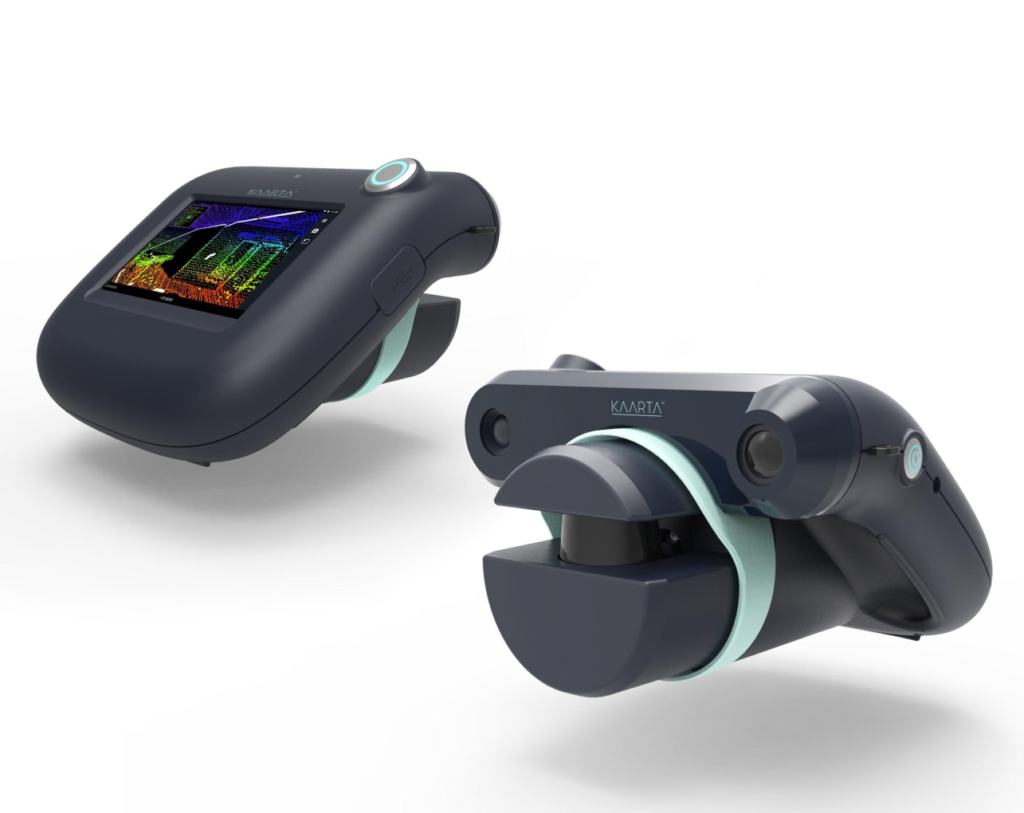
Good karma you can do today: Add wheelchair-accessibility info to Google Maps
 Google Maps keeps winning our love with thoughtfulness. Be it telling us when a café would be too crowded to visit, or suggesting a good time to leave from home to beat the traffic, or remembering where we parked our car, or even letting us hail a taxi right from inside the app, it just keeps indulging us with one life-saving feature after the another. But all this is nothing compared to the all-important update which came to Google Maps last December: Google introduced an option to add wheelchair accessibility data to a location.
Google Maps keeps winning our love with thoughtfulness. Be it telling us when a café would be too crowded to visit, or suggesting a good time to leave from home to beat the traffic, or remembering where we parked our car, or even letting us hail a taxi right from inside the app, it just keeps indulging us with one life-saving feature after the another. But all this is nothing compared to the all-important update which came to Google Maps last December: Google introduced an option to add wheelchair accessibility data to a location.
According to WHO estimates, around 65 million people in the world need wheelchairs for accessibility. And yet, the data available to us on wheelchair-friendly routing has been pretty scanty – possibly because big mapping companies don’t see much business value coming from the differently-abled. Google changed that with its Local Guides program, giving the people who are passionate about helping others the power to put back the pieces missing from the puzzle.
Must read: Google Maps vs. Apple Maps: Report card of a year-long comparison
Today, Google Maps shows accessibility information for almost 7 million places in the world. And now, Google is urging its contributors to add more details about location accessibility to give users a more wholesome picture of the place they plan to visit. Apart from wheelchair-accessible entrances, the new attributes also take into account wheelchair-accessible elevators, wheelchair-accessible seating, and wheelchair-accessible parking.
If you want to find out whether a place is accessible for all or not, simply tap on the two-line description in the place card (works on Google Maps and Search both) and scroll down to see the information in the accessibility section.
The option to contribute, meanwhile, is available only on Google Maps for Android at present. We hope it comes to iOS also soon. For now, Android users looking to do some good karma can go to the ‘Your Contributions’ tab on the main menu of Google Maps, tap ‘Uncover missing info’ and sort further by ‘Accessibility’ to add the information.
Need more inspiration? This video should do the trick:






